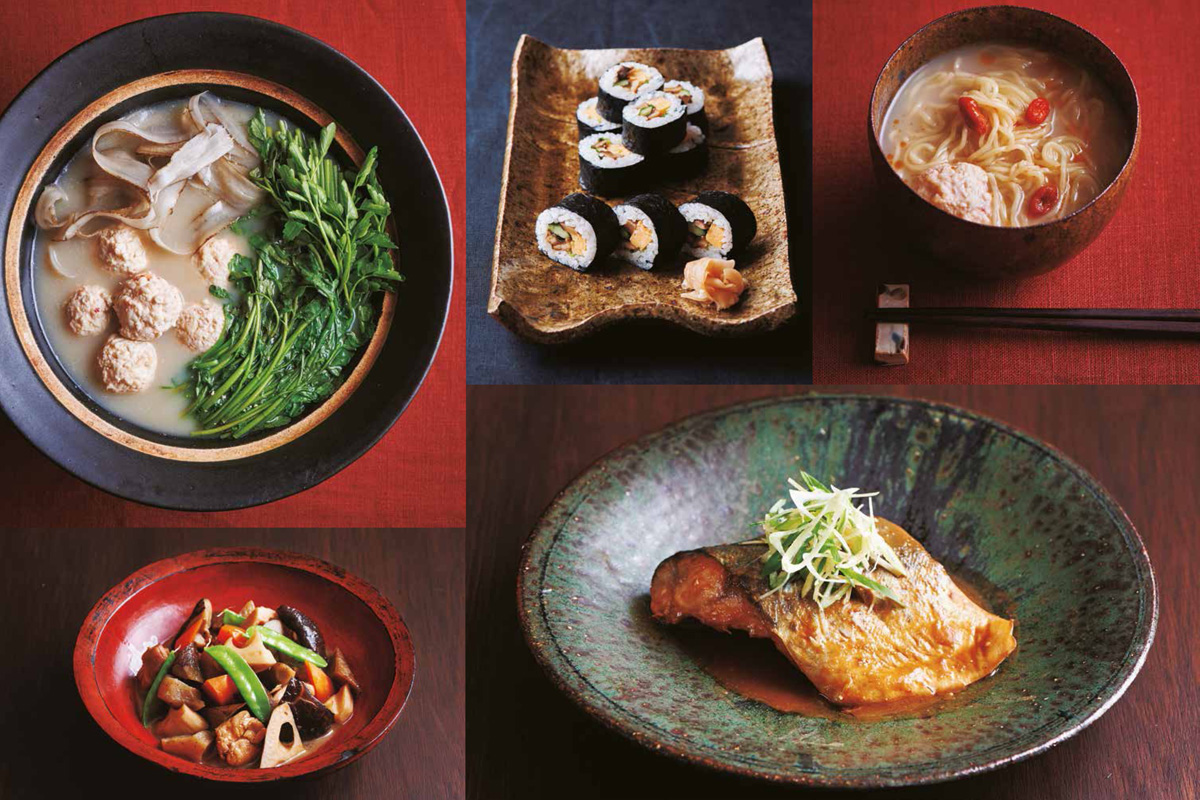
CLASSIC HOME COOKING FROM
JAPAN ASAKO YOSHIDA

 Classic Japanese-style Home CookingSeasonal, Delicious and Flavorful
Classic Japanese-style Home CookingSeasonal, Delicious and Flavorful I decided to pursue a career promoting classic Japanese home cooking because I never get tired of eating it. I could be biasedit is, after all, the cuisine of my own country, but I hope that you, too, will never tire of the recipes in this book, wherever youre from. I feel so grateful for my cooking heritagewhenever I deeply inhale the aroma of a traditional Japanese hot pot, whenever I make rice with green peas in the springtime, whenever I simmer root vegetables in the winter, or any time I can sense the changing of the seasons with my taste buds.

Classic Japanese cooking has four pillars: Dashi stock Dashi is the traditional stock used in Japanese cuisine, usually made from seaweed or fish. Instant dashi stock powder can be found in supermarkets worldwide, but for best results, try making your own dashi using one of the recipes on . Seasonal food The core concept of Japanese cooking is to eat foods that are in season.
Seasonal ingredients are packed with aroma, umami, and inherently delicious flavors, as well as nutrition. My goal with this book is to enable anyone in the world to cook all the classic recipes that Japanese people love to eat at home. I hope that you the reader can experience the joy and fun of cooking with your own hands as you develop your eye for selecting the right ingredients and the right cooking methods. Nothing would make me happier than for this book to become a part of your everyday life. Asako Yoshida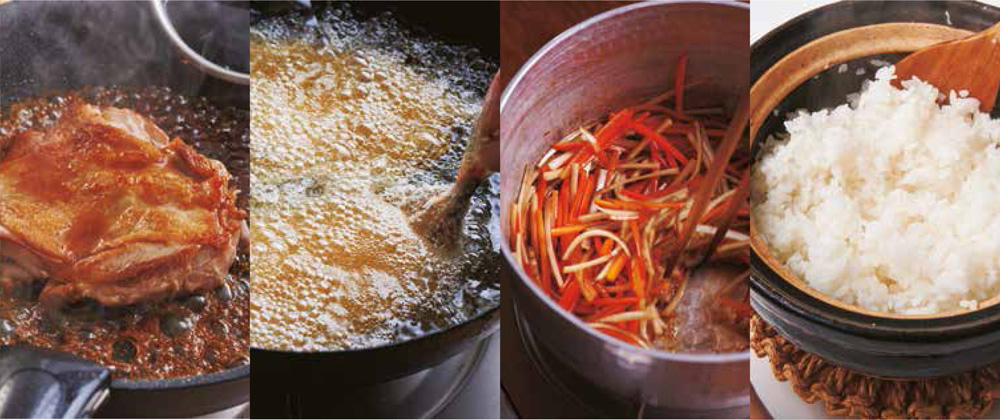 Cooking with all five senses Your hands are your best cooking toolsin other words, your sense of touch. In addition, use your eyes to observe, your ears to listen, and your sense of smell and taste to nail down the flavors of the food you are cooking.
Cooking with all five senses Your hands are your best cooking toolsin other words, your sense of touch. In addition, use your eyes to observe, your ears to listen, and your sense of smell and taste to nail down the flavors of the food you are cooking.
Properly cooked rice A Japanese meal is usually served with fluffy, warm, white rice. The medium-grain white rice used for the recipes in this book is best cooked in a rice cooker if you have one, or you can follow the instructions on to cook perfect rice in a regular pot. How to Make Dashi Stock Dashi means soup stock in Japanese, and is the foundation of many savory dishes, not just soup. There isnt one method for making dashi. While its important to learn how to make ichiban dashi (first stock), which is the most standard form of dashi, please feel free to cut corners where needed to find the dashi-making method that you can incorporate easily into your everyday cooking. 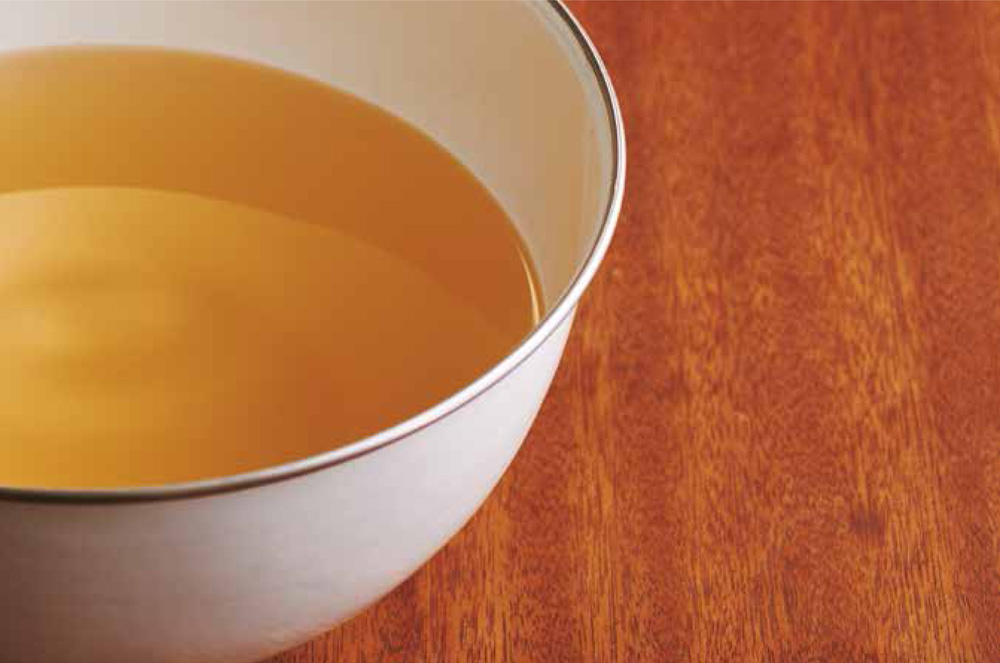 Ichiban Dashi 1 piece dried kombu seaweed, about 4 x 2 in (10 x 5 cm) 4 cups (1 L) water Handful dried bonito flakes, about oz (10 g)
Ichiban Dashi 1 piece dried kombu seaweed, about 4 x 2 in (10 x 5 cm) 4 cups (1 L) water Handful dried bonito flakes, about oz (10 g) 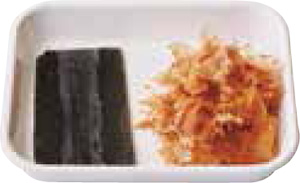
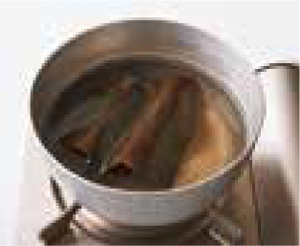 Soak the kombu seaweed Wipe the surface of the kombu with a moistened paper towel, and put in a pan with the 4 cups of water.
Soak the kombu seaweed Wipe the surface of the kombu with a moistened paper towel, and put in a pan with the 4 cups of water.  Ichiban Dashi 1 piece dried kombu seaweed, about 4 x 2 in (10 x 5 cm) 4 cups (1 L) water Handful dried bonito flakes, about oz (10 g)
Ichiban Dashi 1 piece dried kombu seaweed, about 4 x 2 in (10 x 5 cm) 4 cups (1 L) water Handful dried bonito flakes, about oz (10 g) 
 Soak the kombu seaweed Wipe the surface of the kombu with a moistened paper towel, and put in a pan with the 4 cups of water.
Soak the kombu seaweed Wipe the surface of the kombu with a moistened paper towel, and put in a pan with the 4 cups of water.
Soak for at least 2 hours, or overnight.  Heat the water and take out the kombu seaweed Heat the water over medium heat. Just before the water comes to a boil, take out the kombu.
Heat the water and take out the kombu seaweed Heat the water over medium heat. Just before the water comes to a boil, take out the kombu.  Remove any scum Remove any scum that comes to the surface. If you stop here, you have kombu dashi, which is called for in several recipes.
Remove any scum Remove any scum that comes to the surface. If you stop here, you have kombu dashi, which is called for in several recipes. 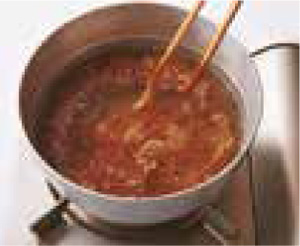 Bring to a boil, then leave to soak Bring the water up to a boil and turn off the heat.
Bring to a boil, then leave to soak Bring the water up to a boil and turn off the heat.  Bring to a boil, then leave to soak Bring the water up to a boil and turn off the heat.
Bring to a boil, then leave to soak Bring the water up to a boil and turn off the heat.
Leave as is for about 3 minutes. 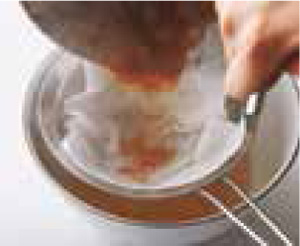 Strain Line a strainer with a paper towel and place the strainer over a bowl. Pour in the dashi from step 5 to strain. If the dashi is not to be used right away, transfer to a container and refrigerate until ready to use.
Strain Line a strainer with a paper towel and place the strainer over a bowl. Pour in the dashi from step 5 to strain. If the dashi is not to be used right away, transfer to a container and refrigerate until ready to use. 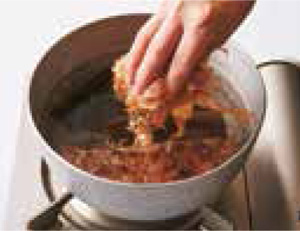 Niban Dashi Niban dashi means second stock. Put the kombu seaweed and bonito flakes used to make ichiban dashi into a pan, and add 4 cups (1 L) of water.
Niban Dashi Niban dashi means second stock. Put the kombu seaweed and bonito flakes used to make ichiban dashi into a pan, and add 4 cups (1 L) of water.
Heat over medium heat. When it comes to a boil, add a handful of bonito flakes (about oz/10 g). Simmer for 2 to 3 minutes and strain. 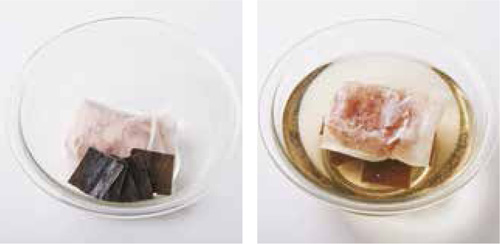 Microwave Dashi Use the same amount of kombu seaweed, bonito flakes and water as for Ichiban Dashi. Put the bonito flakes into a straining bag, or a mesh strainer ball used for cooking herbs in soups. Quickly wipe the kombu seaweed with a moistened paper towel, and cut or break into 3 or 4 pieces.
Microwave Dashi Use the same amount of kombu seaweed, bonito flakes and water as for Ichiban Dashi. Put the bonito flakes into a straining bag, or a mesh strainer ball used for cooking herbs in soups. Quickly wipe the kombu seaweed with a moistened paper towel, and cut or break into 3 or 4 pieces.
Place both in a microwave-safe bowl and add the water. Microwave for about 6 minutes in a 600 watt microwave oven. Take out the kombu seaweed and straining bag or ball. Squeeze the bag into the bowl to extract all the liquid. 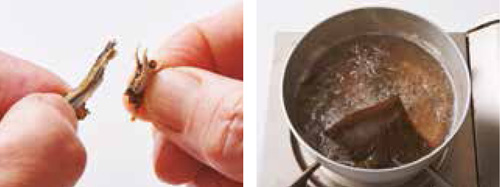










 CLASSIC HOME COOKING FROM JAPAN ASAKO YOSHIDA
CLASSIC HOME COOKING FROM JAPAN ASAKO YOSHIDA 
 Classic Japanese-style Home CookingSeasonal, Delicious and Flavorful I decided to pursue a career promoting classic Japanese home cooking because I never get tired of eating it. I could be biasedit is, after all, the cuisine of my own country, but I hope that you, too, will never tire of the recipes in this book, wherever youre from. I feel so grateful for my cooking heritagewhenever I deeply inhale the aroma of a traditional Japanese hot pot, whenever I make rice with green peas in the springtime, whenever I simmer root vegetables in the winter, or any time I can sense the changing of the seasons with my taste buds.
Classic Japanese-style Home CookingSeasonal, Delicious and Flavorful I decided to pursue a career promoting classic Japanese home cooking because I never get tired of eating it. I could be biasedit is, after all, the cuisine of my own country, but I hope that you, too, will never tire of the recipes in this book, wherever youre from. I feel so grateful for my cooking heritagewhenever I deeply inhale the aroma of a traditional Japanese hot pot, whenever I make rice with green peas in the springtime, whenever I simmer root vegetables in the winter, or any time I can sense the changing of the seasons with my taste buds.  Classic Japanese cooking has four pillars: Dashi stock Dashi is the traditional stock used in Japanese cuisine, usually made from seaweed or fish. Instant dashi stock powder can be found in supermarkets worldwide, but for best results, try making your own dashi using one of the recipes on . Seasonal food The core concept of Japanese cooking is to eat foods that are in season.
Classic Japanese cooking has four pillars: Dashi stock Dashi is the traditional stock used in Japanese cuisine, usually made from seaweed or fish. Instant dashi stock powder can be found in supermarkets worldwide, but for best results, try making your own dashi using one of the recipes on . Seasonal food The core concept of Japanese cooking is to eat foods that are in season.  Cooking with all five senses Your hands are your best cooking toolsin other words, your sense of touch. In addition, use your eyes to observe, your ears to listen, and your sense of smell and taste to nail down the flavors of the food you are cooking.
Cooking with all five senses Your hands are your best cooking toolsin other words, your sense of touch. In addition, use your eyes to observe, your ears to listen, and your sense of smell and taste to nail down the flavors of the food you are cooking. Ichiban Dashi 1 piece dried kombu seaweed, about 4 x 2 in (10 x 5 cm) 4 cups (1 L) water Handful dried bonito flakes, about oz (10 g)
Ichiban Dashi 1 piece dried kombu seaweed, about 4 x 2 in (10 x 5 cm) 4 cups (1 L) water Handful dried bonito flakes, about oz (10 g) 
 Soak the kombu seaweed Wipe the surface of the kombu with a moistened paper towel, and put in a pan with the 4 cups of water.
Soak the kombu seaweed Wipe the surface of the kombu with a moistened paper towel, and put in a pan with the 4 cups of water.  Heat the water and take out the kombu seaweed Heat the water over medium heat. Just before the water comes to a boil, take out the kombu.
Heat the water and take out the kombu seaweed Heat the water over medium heat. Just before the water comes to a boil, take out the kombu.  Remove any scum Remove any scum that comes to the surface. If you stop here, you have kombu dashi, which is called for in several recipes.
Remove any scum Remove any scum that comes to the surface. If you stop here, you have kombu dashi, which is called for in several recipes.  Bring to a boil, then leave to soak Bring the water up to a boil and turn off the heat.
Bring to a boil, then leave to soak Bring the water up to a boil and turn off the heat.  Strain Line a strainer with a paper towel and place the strainer over a bowl. Pour in the dashi from step 5 to strain. If the dashi is not to be used right away, transfer to a container and refrigerate until ready to use.
Strain Line a strainer with a paper towel and place the strainer over a bowl. Pour in the dashi from step 5 to strain. If the dashi is not to be used right away, transfer to a container and refrigerate until ready to use.  Niban Dashi Niban dashi means second stock. Put the kombu seaweed and bonito flakes used to make ichiban dashi into a pan, and add 4 cups (1 L) of water.
Niban Dashi Niban dashi means second stock. Put the kombu seaweed and bonito flakes used to make ichiban dashi into a pan, and add 4 cups (1 L) of water. Microwave Dashi Use the same amount of kombu seaweed, bonito flakes and water as for Ichiban Dashi. Put the bonito flakes into a straining bag, or a mesh strainer ball used for cooking herbs in soups. Quickly wipe the kombu seaweed with a moistened paper towel, and cut or break into 3 or 4 pieces.
Microwave Dashi Use the same amount of kombu seaweed, bonito flakes and water as for Ichiban Dashi. Put the bonito flakes into a straining bag, or a mesh strainer ball used for cooking herbs in soups. Quickly wipe the kombu seaweed with a moistened paper towel, and cut or break into 3 or 4 pieces.